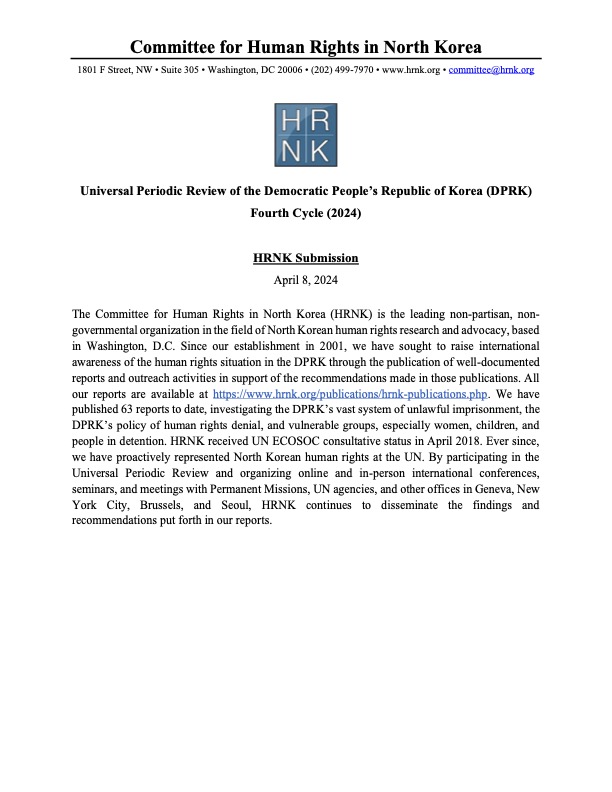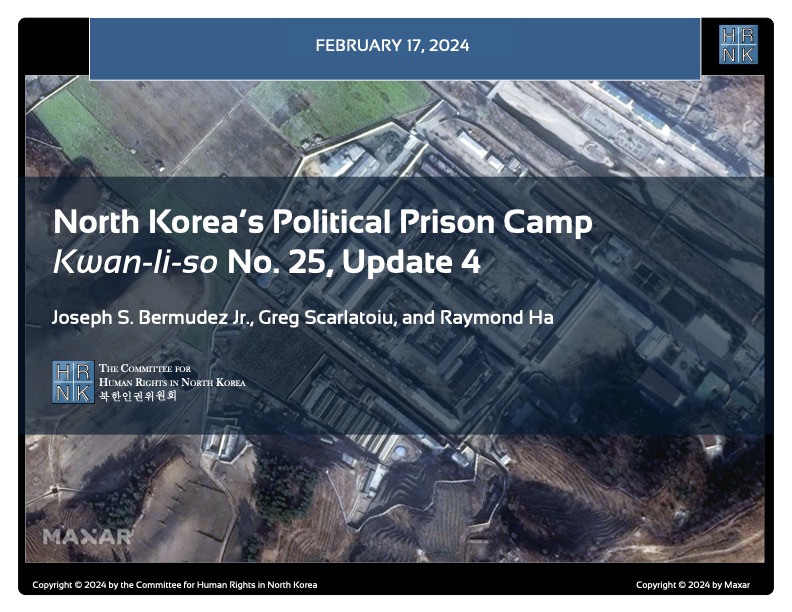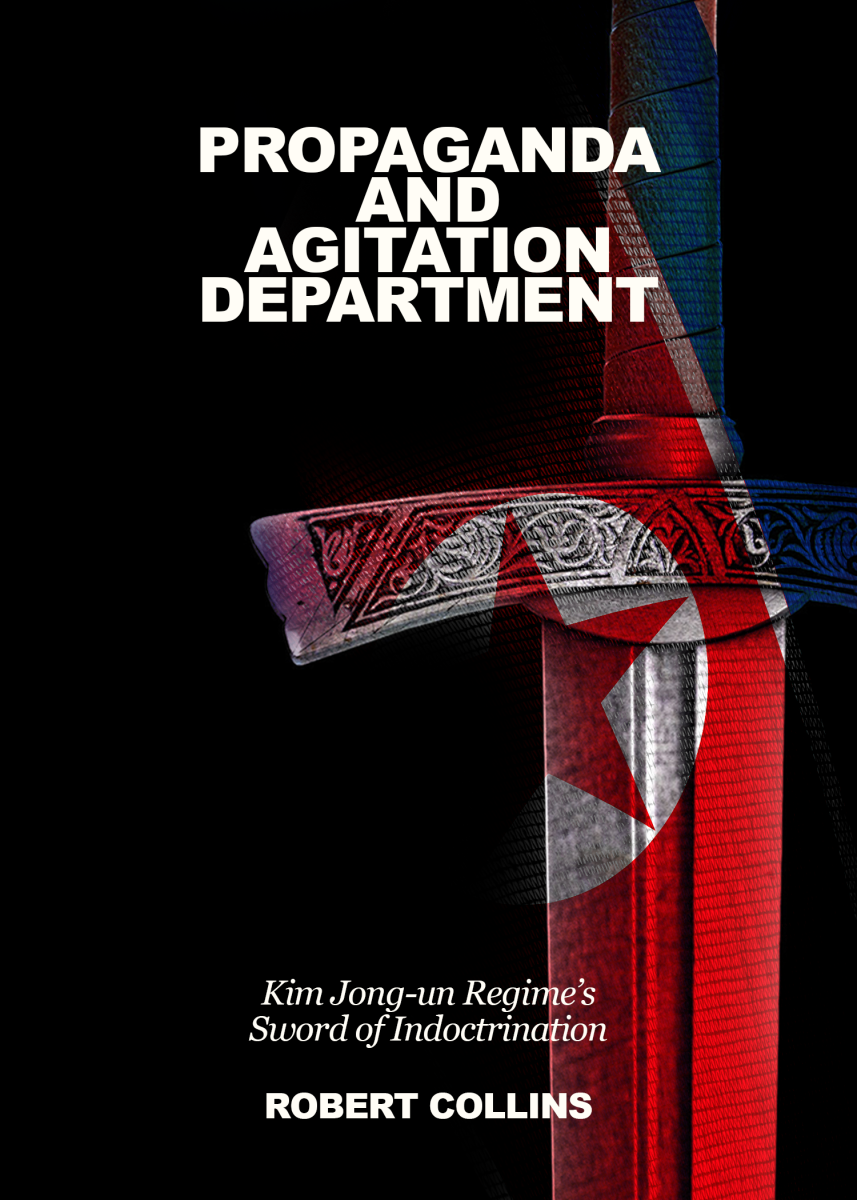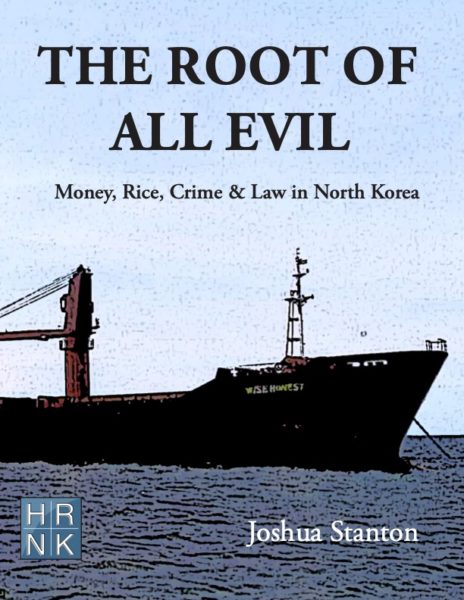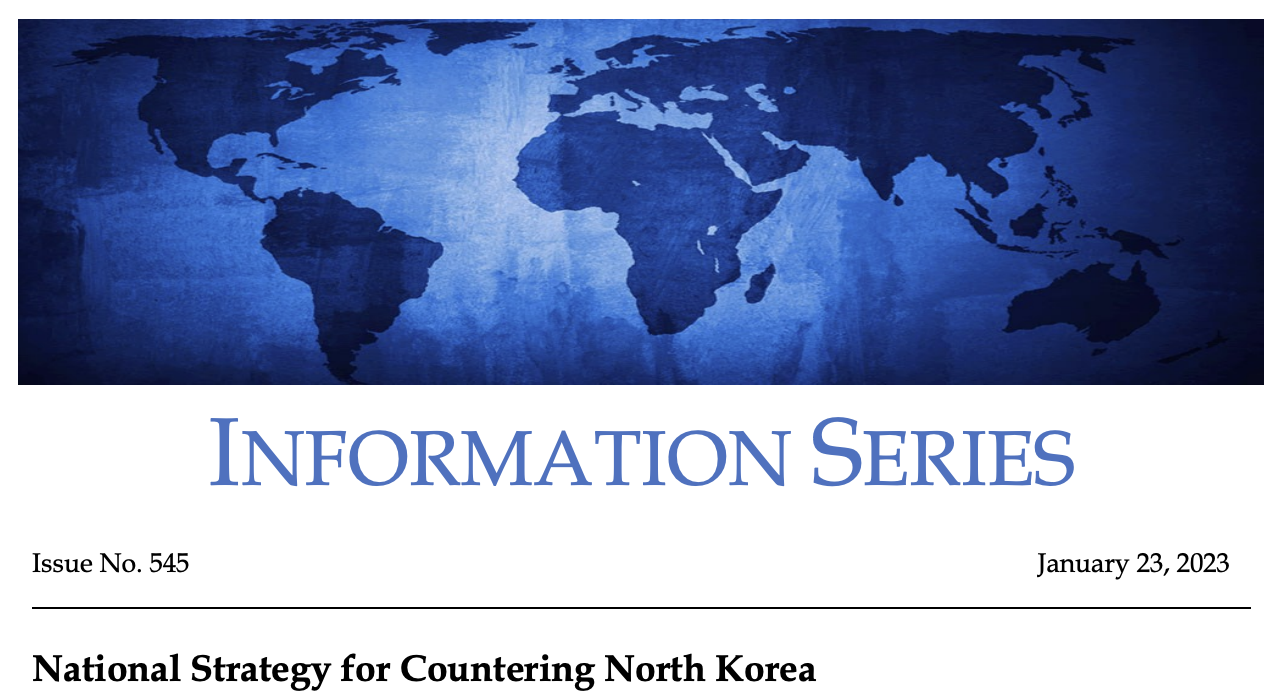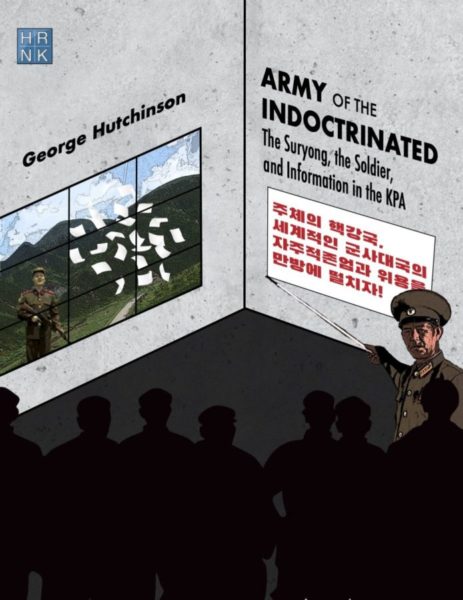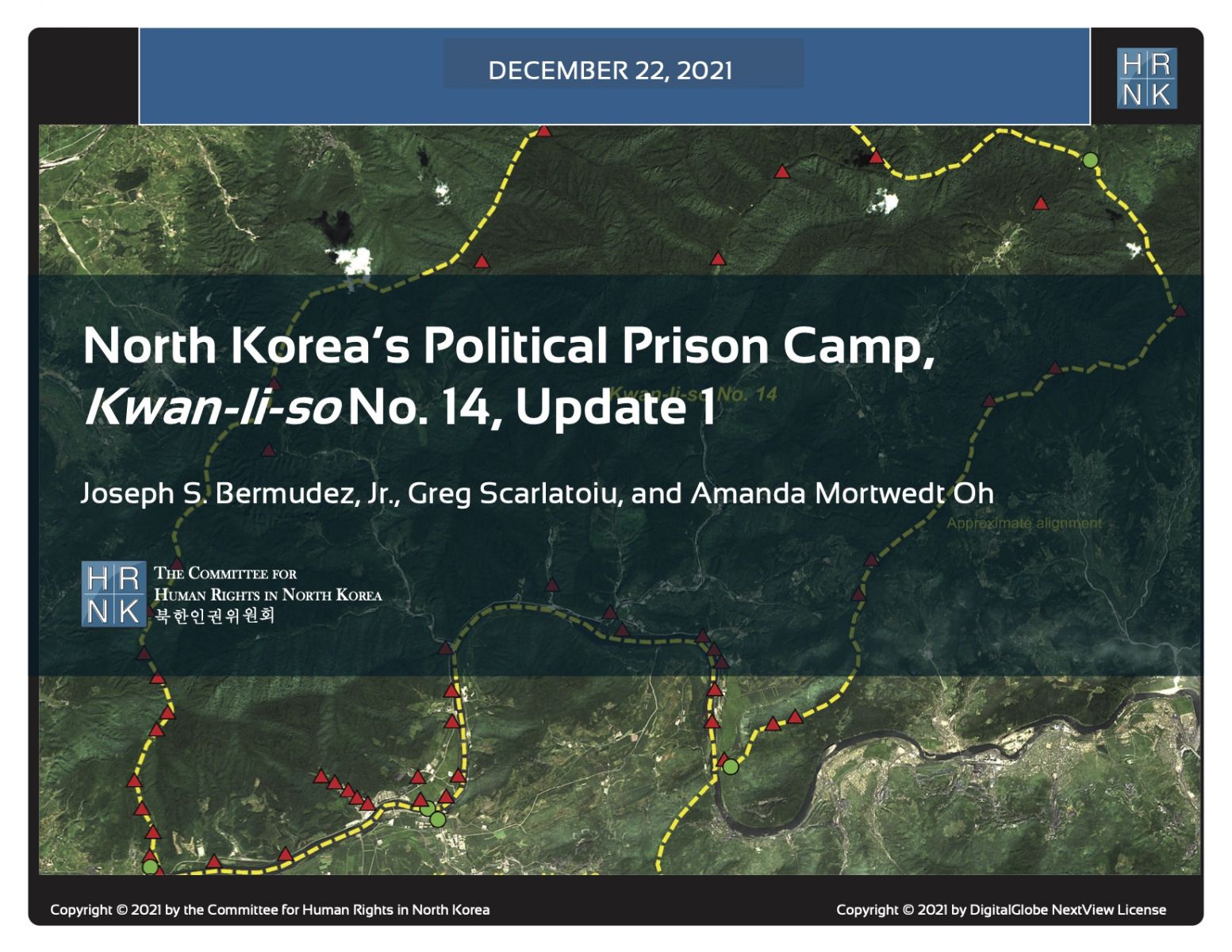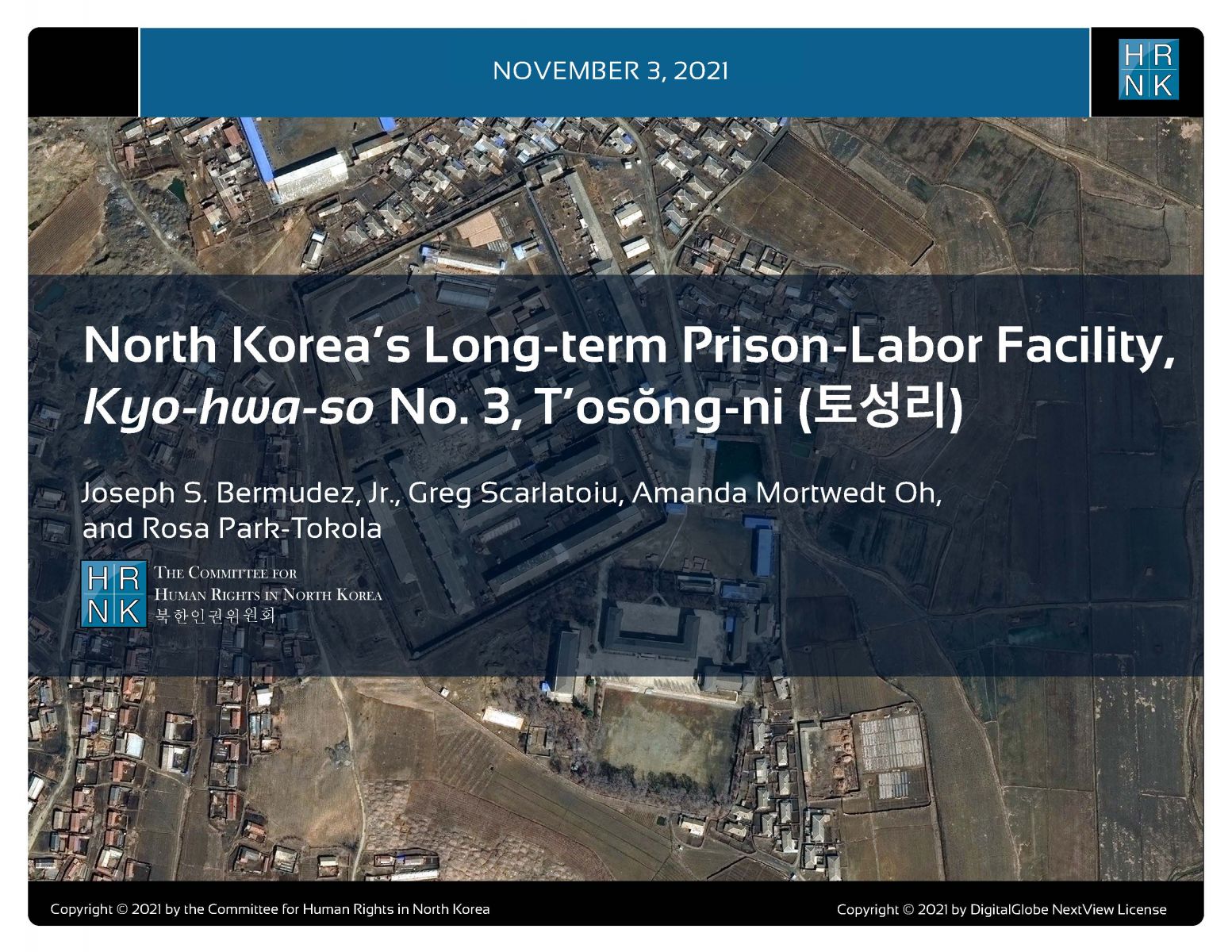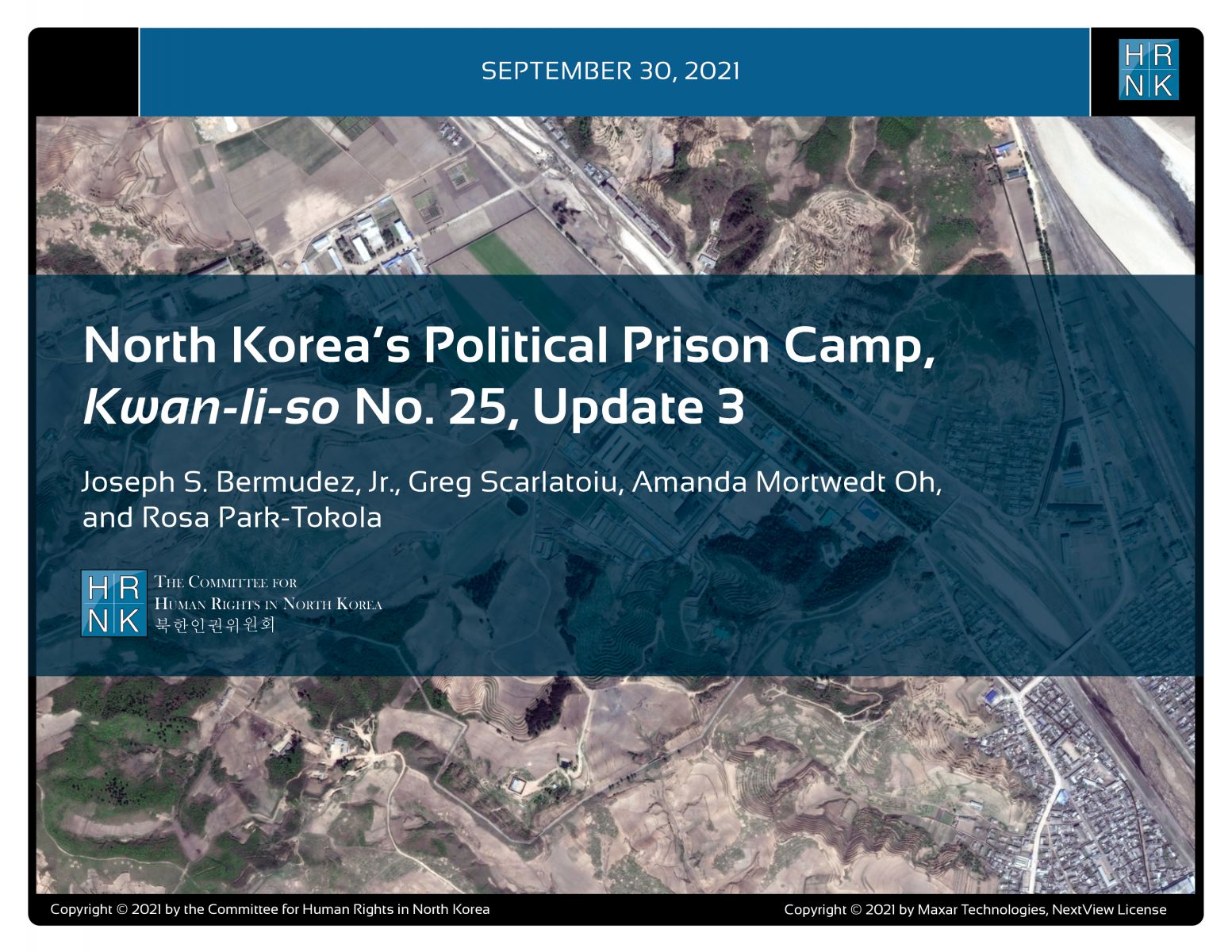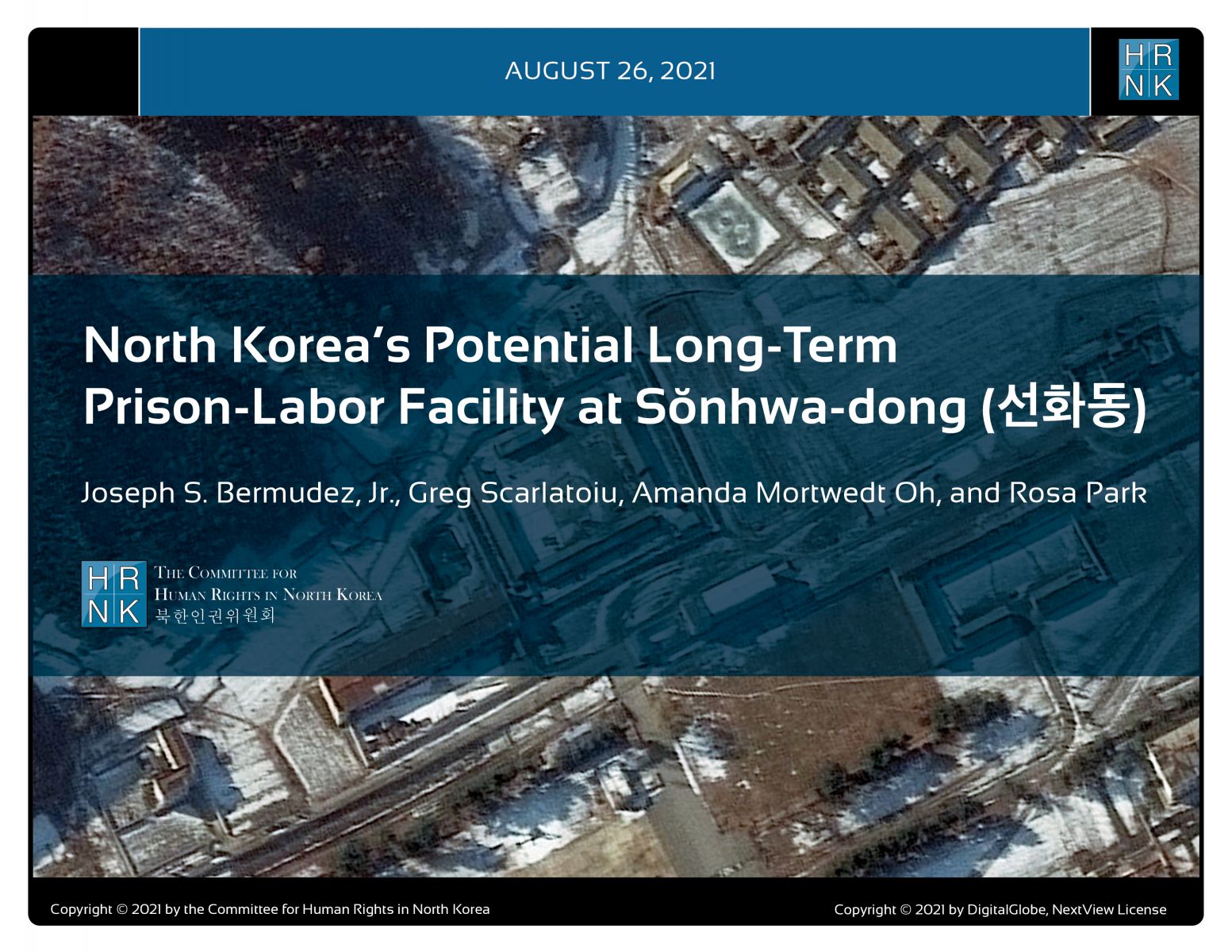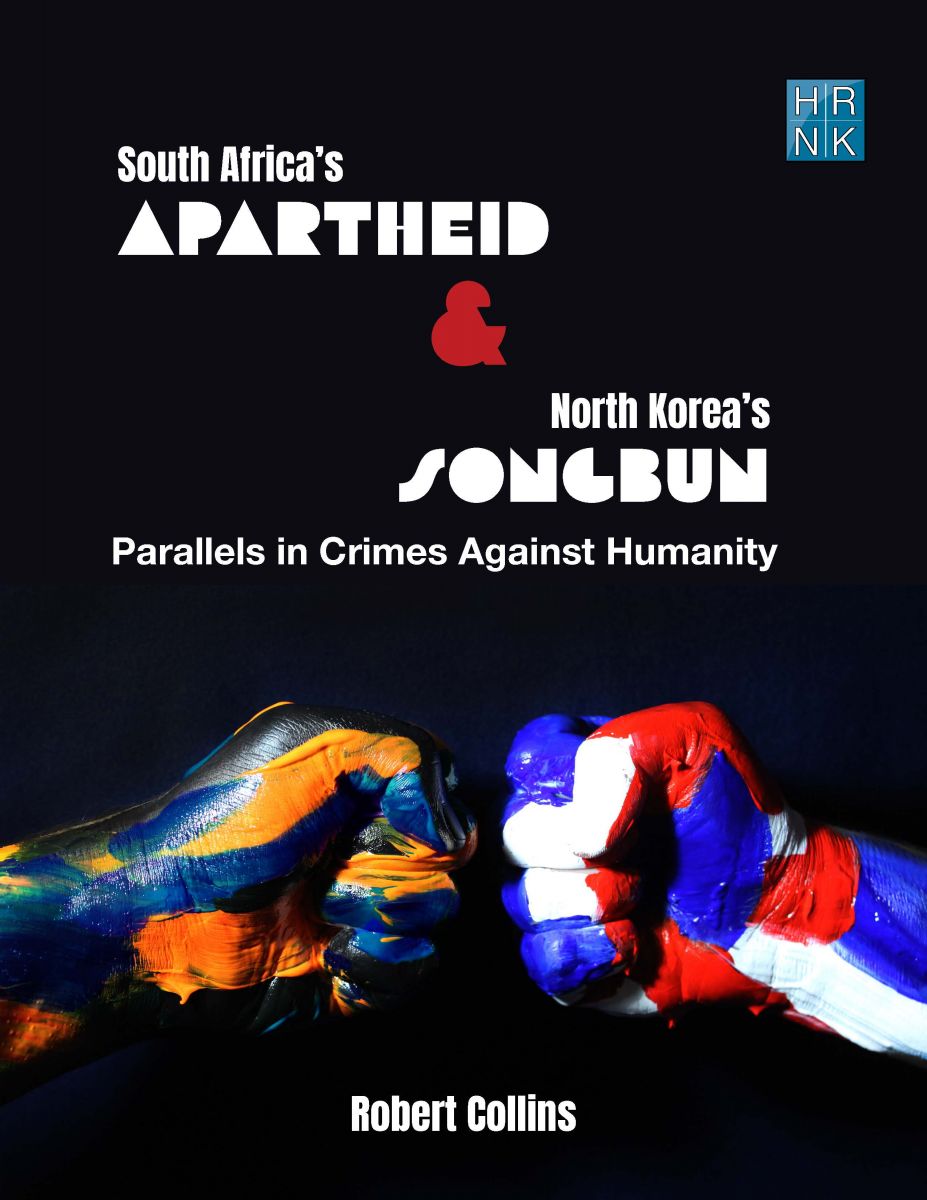The report, North Korea’s Political Prison Camp, Kwan-li-so No. 14, Update 1, is available on HRNK’s website: https://www.hrnk.org/uploads/pdfs/Camp%2014%20v.8.pdf
WASHINGTON, December 22, 2021. The Committee for Human Rights in North Korea (HRNK), a non-governmental organization based in Washington, D.C., has launched a report entitled North Korea’s Political Prison Camp, Kwan-li-so No. 14, Update 1. This is the first update building on the baseline report HRNK released over six years ago, on November 30, 2015. Political Prison Camp No. 14 (a.k.a. Kwan-li-so No. 14) is located approximately 61 kilometers northeast of North Korea’s capital city of Pyongyang and about 19 kilometers southeast of Kaechon, South Pyongan Province.
Located on the forested slopes of the Changan mountain range, Camp No. 14 remains one of North Korea’s oldest continuously operating political prison camps, having been established in the mid-1960s. The camp occupies an irregularly shaped area of approximately 153 square kilometers (58.9 square miles) that measures 21.9 by 13.8 kilometers (13.9 by 8.5 miles). While open-source information on the camp continues to be scarce, estimates of the Camp No. 14 political prisoner population have ranged from 15,000 in HRNK’s 2015 baseline report to 43,000 in recent media reports. What is certain is that the composition and physical size of the camp suggest that it could accommodate large numbers of prisoners. The entire camp is believed to be a “total control zone,” where prisoners are never eligible for release.
For this report, HRNK author and senior adviser Joseph S. Bermudez, Jr. analyzed ten high-resolution commercial pan-sharpened multispectral and pan-chromatic satellite images of Camp No. 14 and its immediate environs.
The report is the latest step in an effort by HRNK to create a clear picture of the evolution and current state of North Korea’s political prison camps and other detention facilities. HRNK is the NGO that put North Korea’s penal labor colonies on the map by publishing Hidden Gulag by world-renowned investigator David Hawk in 2003. Hidden Gulag was the first report ever to use satellite imagery to scrutinize North Korea’s vast system of unlawful imprisonment.
The new HRNK report establishes that Camp No. 14 remains an operational political prison camp. Based on the physical security measures observed, the majority of those inside the camp perimeter are prisoners. Satellite imagery analysis indicates that the prisoners maintain the agricultural fields, orchards, and livestock. Prisoners are forced to work in logging and the manufacturing of wood products. They are also dispatched as forced laborers at light industrial facilities and mines.
Agricultural activity, razing and construction of various structures, the addition of guard positions, and changes in light industrial facilities noticeable throughout the camp over the past few years confirm an expansion or reorganization of guard forces, a modest increase in the prisoner population, or both.
Report author Joseph S. Bermudez Jr. emphasized that, “while satellite imagery confirms that Camp 14 is fully operational, further monitoring is needed in order to identify all of the camp’s components, provide a detailed accounting of its previous operations, record physical changes at the facility, and assist with the identification of human rights abuses.” Bermudez further added: “HRNK’s satellite imagery program will be instrumental in the documentation of crimes against humanity and other egregious human rights violations, addressing possible complex humanitarian emergencies as well as the transitional justice process in North Korea, when the time is ripe.”
HRNK Director of International Advocacy and Development Amanda Mortwedt Oh stated: “The sobering reality is that people who were imprisoned in 2015, when we released our first imagery report on this camp, may not be alive today due to the camp's harsh conditions, abuse, and forced labor perpetrated by the Ministry of State Security.” According to Mortwedt Oh: “If the North Korean state wants to participate on the world stage and be taken seriously, it is long past time for it to close its gulags and release political prisoners. It is not too late to take this positive and meaningful step. This would surely signal to the world that Kim Jong-un is ready for true reform.”
HRNK Executive Director Greg Scarlatoiu noted: “This report confirms that, throughout its first decade, the Kim Jong-un regime has perpetuated relentless patterns of oppression and brutality established and continued under the current leader’s predecessors. This is a regime that preserves itself through crimes against humanity. Any overture aimed at dialogue with the Kim Jong-un regime, reconciliation, or peace declarations must factor in North Korea’s abysmal human rights situation.”
RELEASE DETAILS
The report rollout and presentation by Joseph S. Bermudez Jr. will be held via Zoom virtual conference, from 11:00 a.m. to 12:00 p.m. Eastern Standard Time (EST), on Wednesday, December 22, 2021. HRNK Executive Director Greg Scarlatoiu will moderate.
If you are unable to participate, a video recording will be made available on HRNK’s YouTube channel after the event at https://www.youtube.com/user/committeehrnk.
The report release is ON-THE-RECORD. For media inquiries, please contact Greg Scarlatoiu, Executive Director, at [email protected] (+1-202-499-7973).
HRNK was founded in 2001 as a nonprofit research organization dedicated to documenting human rights conditions in the Democratic People’s Republic of Korea (DPRK), as North Korea is formally known. Visit www.hrnk.org to find out more.
In this submission, HRNK focuses its attention on the following issues in the DPRK:
- The status of the system of detention facilities, where a multitude of human rights violations are ongoing.
- The post-COVID human security and human rights status of North Korean women, with particular attention to sexual and gender-based violence (SGBV).
- The issue of Japanese abductees and South Korean prisoners of war (POWs), abductees, and unjust detainees.
This report provides an abbreviated update to our previous reports on a long-term political prison commonly identified by former prisoners and researchers as Kwan-li-so No. 25 by providing details of activity observed during 2021–2023.
This report was originally published on Tearline at https://www.tearline.mil/public_page/prison-camp-25.
This report explains how the Kim regime organizes and implements its policy of human rights denial using the Propaganda and Agitation Department (PAD) to preserve and strengthen its monolithic system of control. The report also provides detailed background on the history of the PAD, as well as a human terrain map that details present and past PAD leadership.
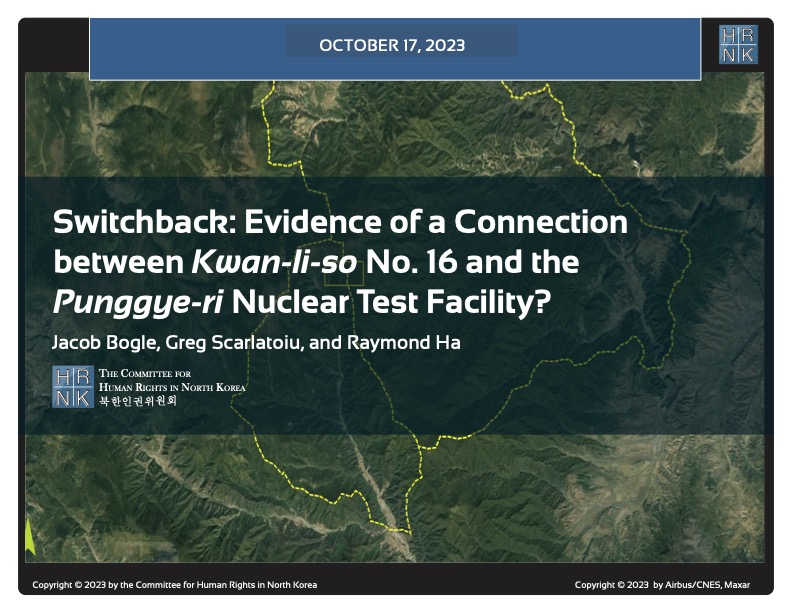
HRNK's latest satellite imagery report analyzes a 5.2 km-long switchback road, visible in commercial satellite imagery, that runs from Testing Tunnel No. 1 at North Korea's Punggye-ri nuclear test facility to the perimeter of Kwan-li-so (political prison camp) no. 16.
This report proposes a long-term, multilateral legal strategy, using existing United Nations resolutions and conventions, and U.S. statutes that are either codified or proposed in appended model legislation, to find, freeze, forfeit, and deposit the proceeds of the North Korean government's kleptocracy into international escrow. These funds would be available for limited, case-by-case disbursements to provide food and medical care for poor North Koreans, and--contingent upon Pyongyang's progress
For thirty years, U.S. North Korea policy have sacrificed human rights for the sake of addressing nuclear weapons. Both the North Korean nuclear and missile programs have thrived. Sidelining human rights to appease the North Korean regime is not the answer, but a fundamental flaw in U.S. policy.
(Published by the National Institute for Public Policy)
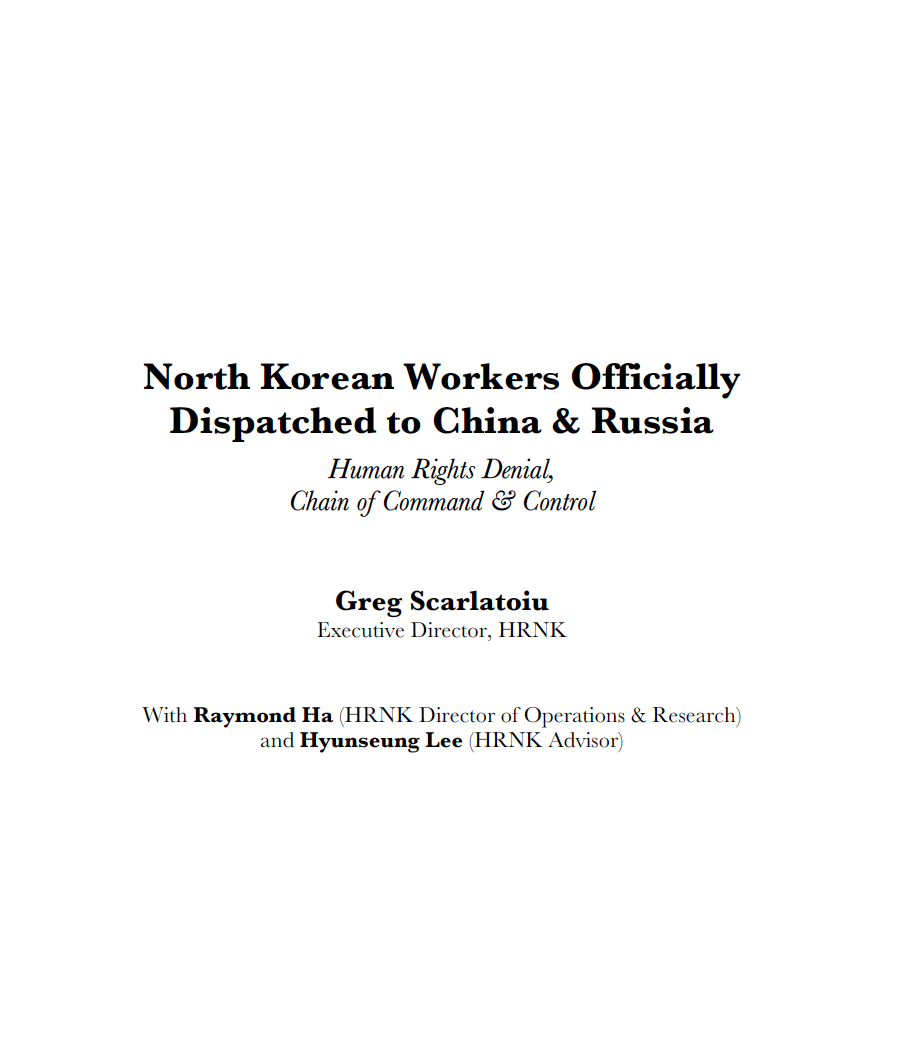
North Korea’s forced labor enterprise and its state sponsorship of human trafficking certainly continued until the onset of the COVID pandemic. HRNK has endeavored to determine if North Korean entities responsible for exporting workers to China and Russia continued their activities under COVID as well.
George Hutchinson's The Suryong, the Soldier, and Information in the KPA is the second of three building blocks of a multi-year HRNK project to examine North Korea's information environment. Hutchinson's thoroughly researched and sourced report addresses the circulation of information within the Korean People's Army (KPA). Understanding how KPA soldiers receive their information is needed to prepare information campaigns while taking into account all possible contingenc
This report is part of a comprehensive long-term project undertaken by HRNK to use satellite imagery and former prisoner interviews to shed light on human suffering in North Korea by monitoring activity at political prison facilities throughout the nation. This is the second HRNK satellite imagery report detailing activity observed during 2015 to 2021 at a prison facility commonly identified by former prisoners and researchers as “Kwan-li-so No. 14 Kaech’ŏn” (39.646810, 126.117058) and
This report is part of a comprehensive long-term project undertaken by HRNK to use satellite imagery and former prisoner interviews to shed light on human suffering in North Korea by monitoring activity at civil and political prison facilities throughout the nation. This study details activity observed during 1968–1977 and 2002–2021 at a prison facility commonly identified by former prisoners and researchers as "Kyo-hwa-so No. 3, T'osŏng-ni" and endeavors to e
This report is part of a comprehensive long-term project undertaken by HRNK to use satellite imagery and former detainee interviews to shed light on human suffering in the Democratic People’s Republic of Korea (DPRK, more commonly known as North Korea) by monitoring activity at political prison facilities throughout the nation. This report provides an abbreviated update to our previous reports on a long-term political prison commonly identified by former prisoners and researchers as Kwan-li-so<
Through satellite imagery analysis and witness testimony, HRNK has identified a previously unknown potential kyo-hwa-so long-term prison-labor facility at Sŏnhwa-dong (선화동) P’ihyŏn-gun, P’yŏngan-bukto, North Korea. While this facility appears to be operational and well maintained, further imagery analysis and witness testimony collection will be necessary in order to irrefutably confirm that Sŏnhwa-dong is a kyo-hwa-so.
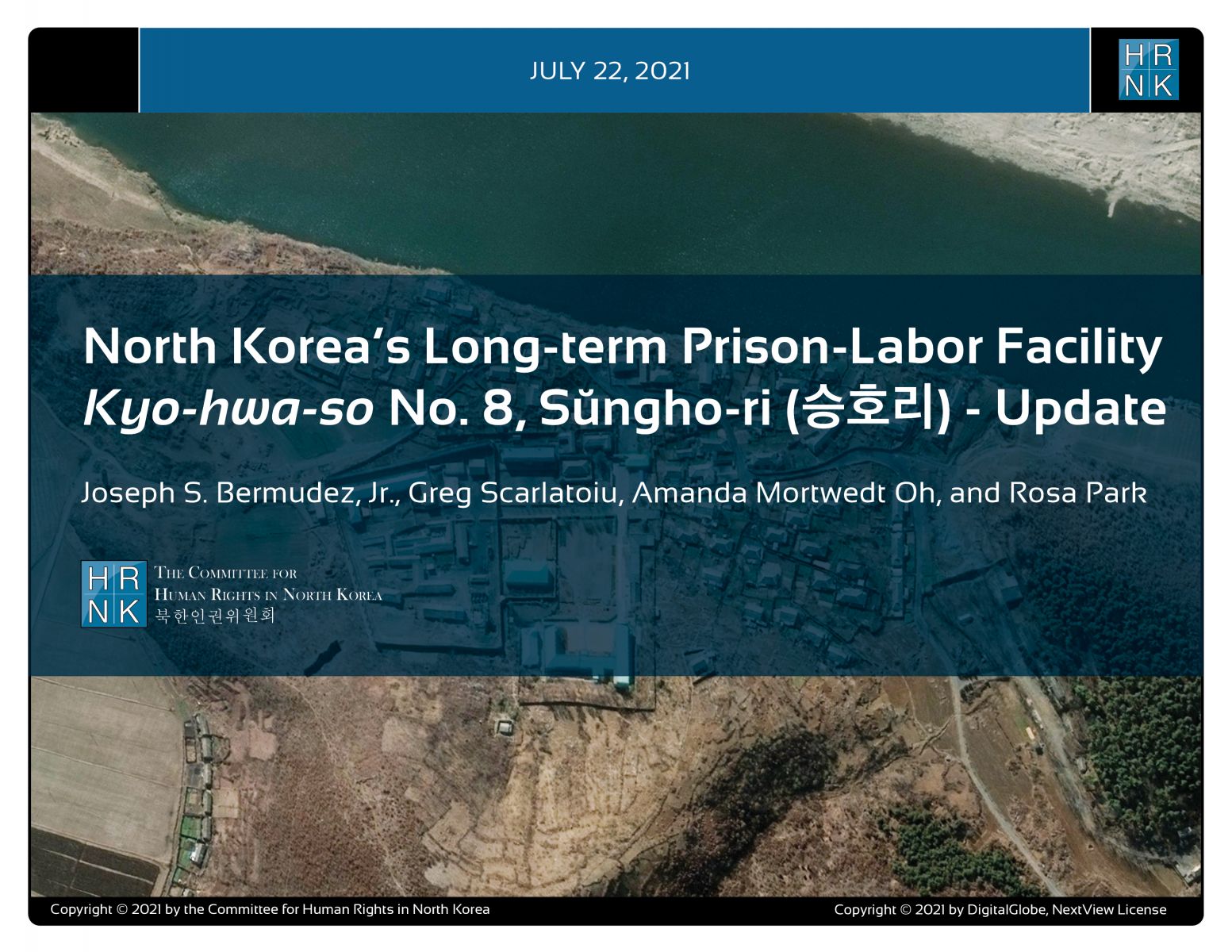
"North Korea’s Long-term Prison-Labor Facility Kyo-hwa-so No. 8, Sŭngho-ri (승호리) - Update" is the latest report under a long-term project employing satellite imagery analysis and former political prisoner testimony to shed light on human suffering in North Korea's prison camps.
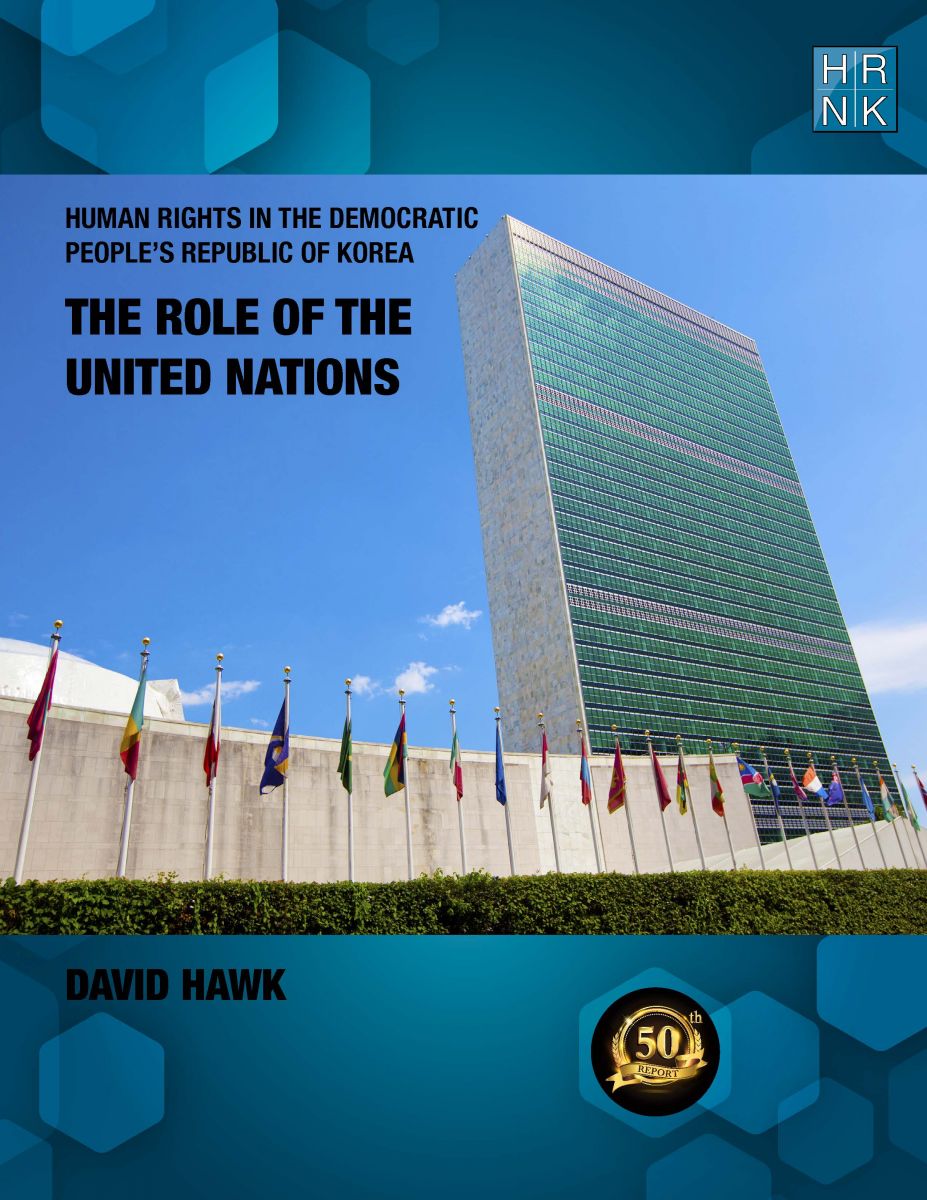
Human Rights in the Democratic Republic of Korea: The Role of the United Nations" is HRNK's 50th report in our 20-year history. This is even more meaningful as David Hawk's "Hidden Gulag" (2003) was the first report published by HRNK. In his latest report, Hawk details efforts by many UN member states and by the UN’s committees, projects and procedures to promote and protect human rights in the DPRK. The report highlights North Korea’s shifts in its approach
South Africa’s Apartheid and North Korea’s Songbun: Parallels in Crimes against Humanity by Robert Collins underlines similarities between two systematically, deliberately, and thoroughly discriminatory repressive systems. This project began with expert testimony Collins submitted as part of a joint investigation and documentation project scrutinizing human rights violations committed at North Korea’s short-term detention facilities, conducted by the Committee for Human Rights
